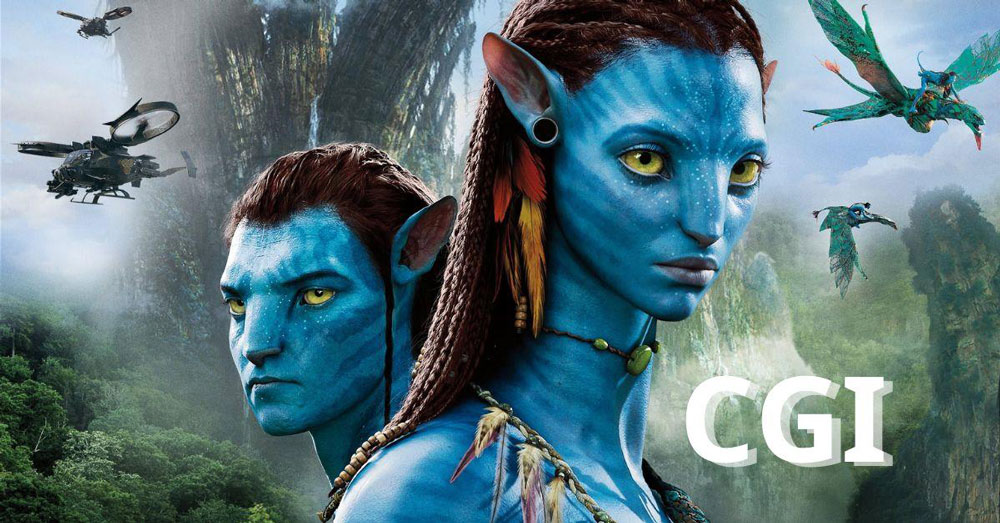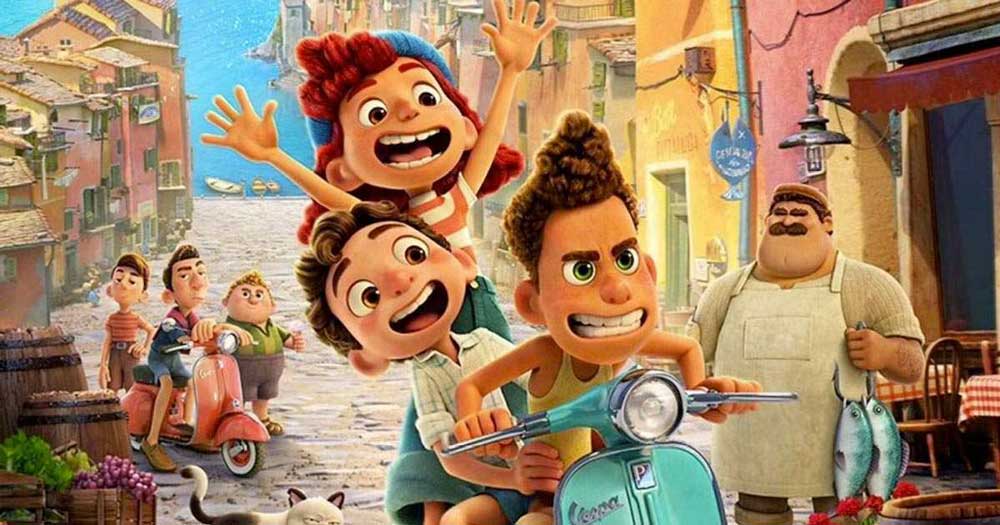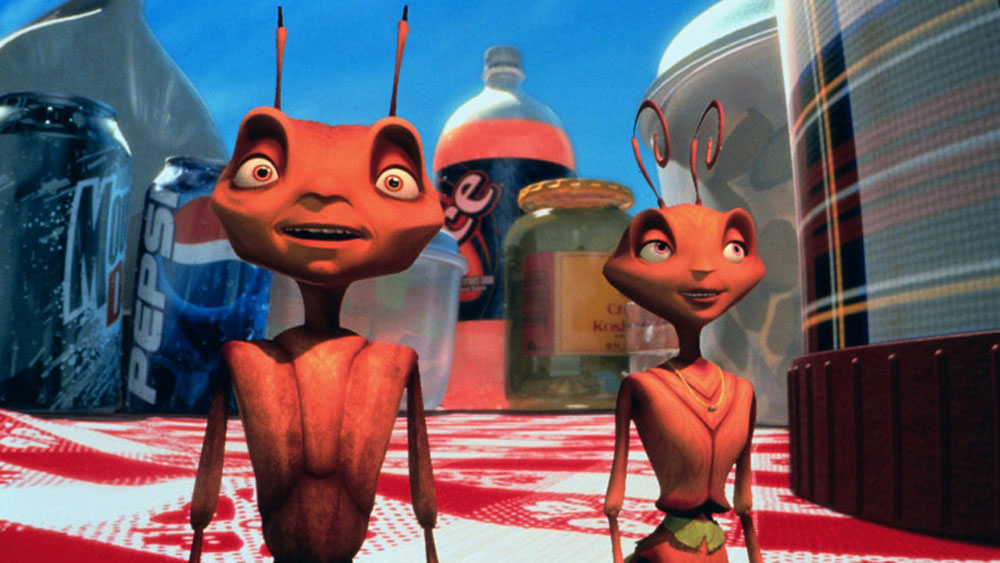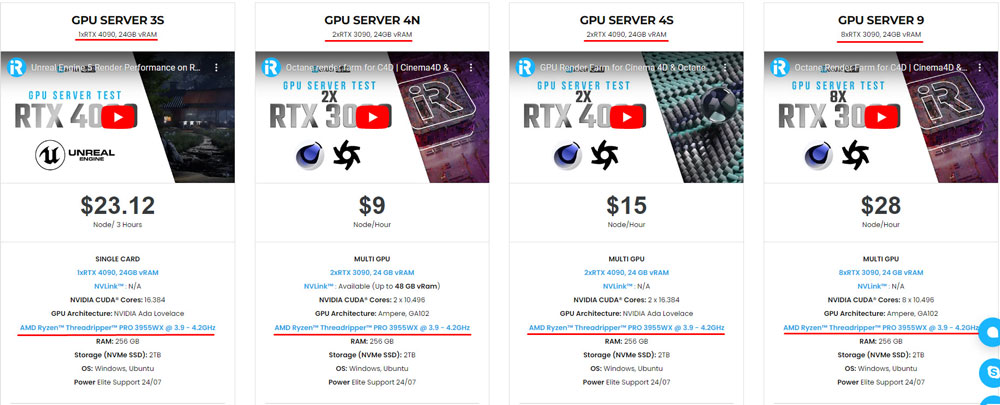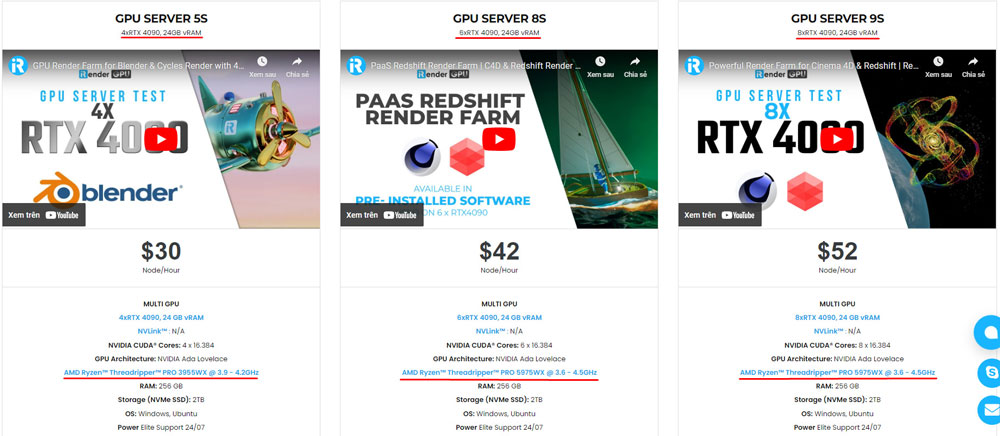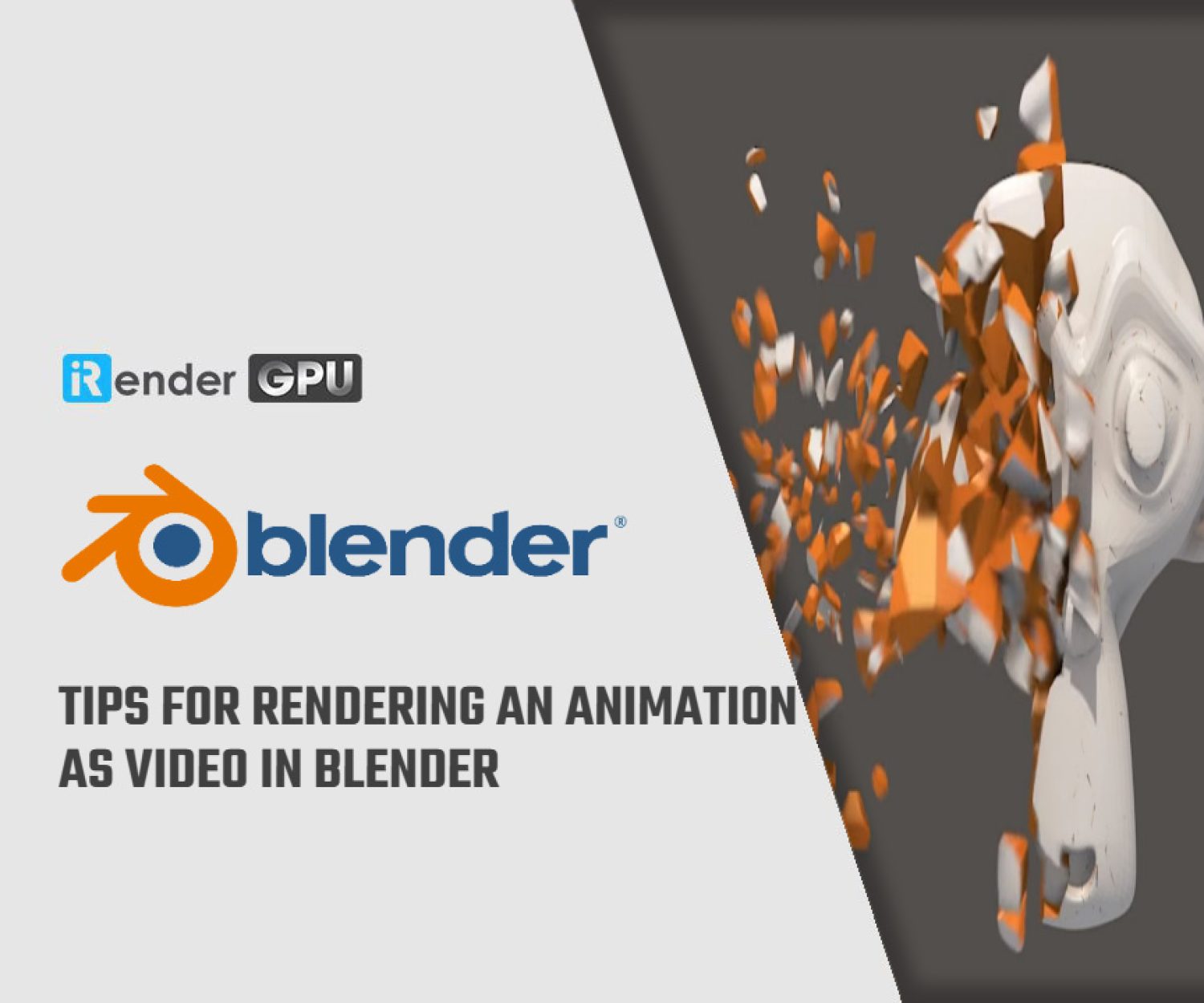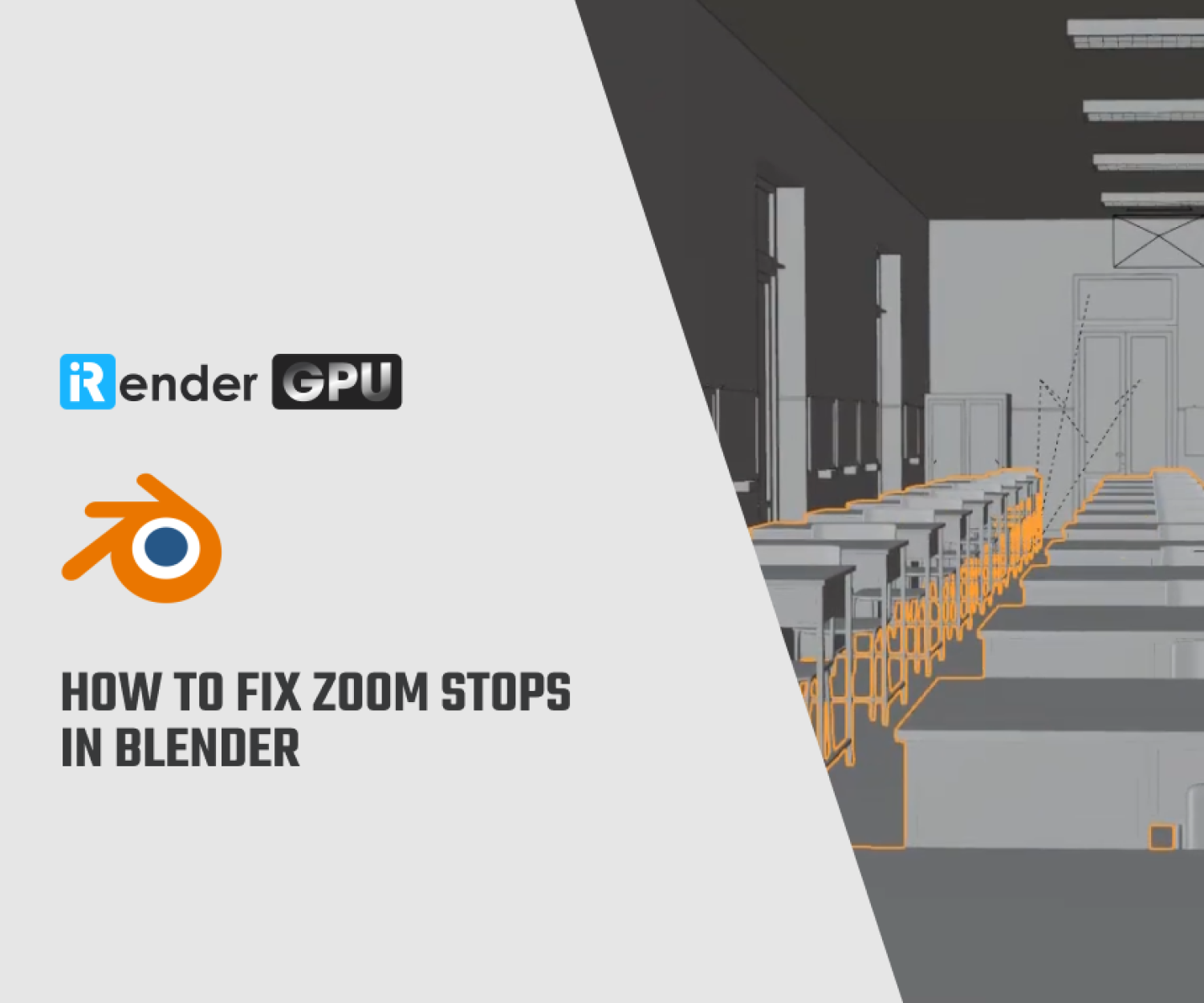CGI vs 3D Animation: Is CGI Equivalent to 3D Animation?
The terms CGI (Computer-Generated Imagery) and 3D animation are often used interchangeably in discussions about modern visual media, but they represent distinct concepts within the realm of digital art. CGI encompasses a broad spectrum of techniques used to create still images and visual effects through computer software, while 3D animation specifically refers to the process of bringing those generated images to life by adding movement and depth. As the film, gaming, and advertising industries increasingly rely on these technologies, understanding the differences between CGI and 3D animation becomes essential for appreciating their unique roles in storytelling and visual communication.
In today’s blog post, we will explore the differences between CGI vs 3D animation and why it matters.
What is CGI?
CGI, or Computer-Generated Imagery, refers to the creation of still or animated visual content using computer software. It encompasses a wide range of techniques and technologies employed in various fields, including film, television, video games, advertising, and virtual reality. CGI can be used to create anything from simple graphics and illustrations to complex, realistic 3D environments and characters.
In the context of film and television, CGI is often utilized to generate fantastical elements that would be difficult or impossible to achieve with traditional filming techniques, such as creating lifelike creatures or elaborate landscapes. CGI can also involve the integration of computer-generated elements with live-action footage, enhancing the overall visual experience. Overall, CGI plays a crucial role in modern visual storytelling, enabling artists and filmmakers to bring their imaginative visions to life.
What is 3D Animation?
Image Source: CG Spectrum
3D animation is a technique used to create moving images in a three-dimensional digital environment. Unlike traditional 2D animation, which involves drawing or manipulating images on a flat surface, 3D animation allows artists to build characters, objects, and environments with depth and volume.
The process of creating 3D animation typically involves several key steps: modeling, where a 3D mesh is created to represent the object or character; rigging, which involves creating a skeletal structure that allows for movement; animating, where movement is defined by manipulating the rig in various keyframes; and rendering, where the final animation is processed and output as a video or image sequence.
3D animation is widely used in various industries, including film, television, video games, and advertising. It enables creators to produce visually stunning and dynamic scenes that can convey complex stories and emotions. The versatility and creativity of 3D animation make it a powerful tool in contemporary visual media.
What’s the Difference Between CGI and 3D Animation?
Image Source: Into Film
The difference between CGI (Computer-Generated Imagery) and 3D animation lies primarily in their definitions and the scope of what they encompass. CGI is an umbrella term that refers to a broad range of visual content created using computer software, which includes both still images and animations. It encompasses various techniques utilized to produce visual effects, 3D models, textures, and environments. CGI can be applied in multiple contexts, such as movies, video games, and virtual simulations, making it a vital component of contemporary visual storytelling.
In contrast, 3D animation specifically refers to the process of creating animated sequences using 3D models. This involves a series of steps, including modeling, rigging, animation, and rendering, culminating in a moving image that adds depth and realism to characters and scenes. While 3D animation is a significant subset of CGI, it is not the only form of CGI. CGI can also include static images, visual effects, and compositing, which may not involve animation at all. CGI covers a wider array of visual content, including but not limited to 2D graphics and visual effects, whereas 3D animation focuses specifically on the creation of movement and storytelling through three-dimensional models.
Why understanding the difference between CGI and 3D animation is important?
Image Source: Into Film
Understanding the difference between CGI vs 3D animation is important for several reasons:
- Clarifying Concepts: CGI is a broader term that encompasses any visual content created using computer software, which includes both 3D animation and 2D graphics. Recognizing this distinction allows creators and consumers to better communicate and understand specific techniques or styles being used.
- Application: Different projects may require different approaches. For instance, CGI can refer to visual effects used in live-action films, while 3D animation specifically refers to animating three-dimensional objects. Understanding this difference helps artists choose the right tools and methods for their specific needs. Artists can choose different styles of storytelling and expressions based on whether they are using CGI or 3D animation. This can influence how audiences perceive their work, making it important for creators to understand these distinctions to effectively convey their intended messages.
- Technical Skill Development: Knowledge of the differences can guide aspiring artists in developing the specific skills they need, whether it’s mastering animation techniques or learning software used in CGI.
Applications of CGI and 3D Animation
Image Source: Into Film
Film and Television: CGI is extensively used in film and television to create visual effects, enhance live-action footage, and design entire animated films. 3D animation is a core component of animated films and series, allowing for the creation of expressive characters and dynamic storytelling.
Video Games: CGI is used for creating realistic graphics and immersive environments. Similar to CGI, 3D animation plays a critical role in video games, where animated characters, environments, and objects interact in real-time.
Advertising and Marketing: CGI and 3D animation are utilized in commercials to create visually stunning advertisements and product visualizations.
Education and E-Learning: 3D animation and CGI are used to create educational videos and interactive learning materials, helping to illustrate complex concepts in a visually stimulating way.
Achieving Realism: Although progress has led us to greater realism in animation, overcoming the uncanny valley—where animated characters seem nearly human but not entirely—continues to be a challenge. Crafting genuinely realistic human characters with natural expressions and motions still demands careful and precise attention to detail.
Conclusion
CGI vs 3D animation are separate but related areas within the scope of computer-generated visual effects. CGI covers a wide array of computer-generated images, whereas 3D animation is dedicated to developing realistic, animated three-dimensional models. By recognizing the distinctions between these two fields, we can gain a deeper appreciation for the remarkable technical expertise, creativity, and innovation involved in crafting these visual effects.
In addition to their roles in entertainment, CGI and 3D animation have significantly impacted various sectors, including gaming, architecture, medical visualization, education, and advertising. These advancements possess immense potential to revolutionize storytelling, enhance efficiency, and offer even more engaging and immersive visual experiences for everyone.
Unleash your creativity with CGI and 3D Animation at iRender Farm
iRender provides high-configuration servers that increase CPU and GPU rendering speeds. Right now, we offer from 1/2/4/6/8 RTX 4090s and 8 RTX 3090 servers. All servers at iRender are also equipped with AMD Ryzen™ Threadripper™ PRO 3955WX @ 3.9 – 4.2GHz or AMD Ryzen™ Threadripper™ PRO 5975WX @ 3.6 – 4.5GHz, 256GB RAM, 2TB Storage NVMe SSD.
You can check all our servers with its configuration here:
Besides, you also can watch some our test video on RTX 4090 card:
Besides, we also have flexible prices for all small to big projects. You can check out this deal in this month.
Enjoy our high end GPU now and boost your multiple GPUs rendering now! If you have any comments about our article, please do not hesitate to reach us at [email protected] or Whatsapp: +(84) 916017116.
iRender – Happy Rendering!
Related Posts
The latest creative news from Blender Cloud Rendering.

